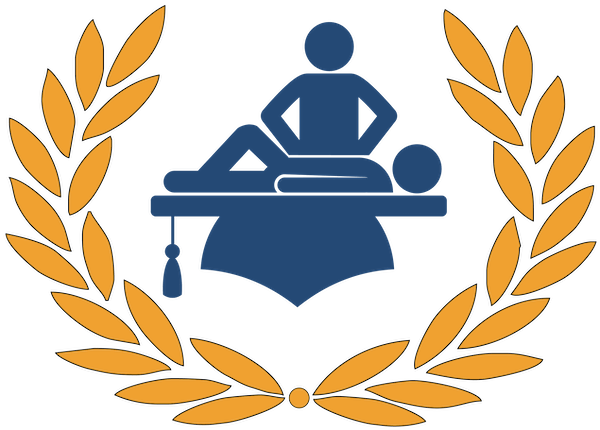-

$25.00
Course Description
This course is designed to offer a detailed introduction to a variety of sleep disorders and to familiarize the practitioner with them in order to raise their confidence when treating a client that has been diagnosed with one.
Educational Objectives
Upon completion of this home study continuing education course, the massage practitioner should be able to:
- Evaluate the efficacy of massage therapy for sleep disorders.
- Describe the physiology importance of sleep.
- Describe the classification of sleep disorders.
- Compare and contrast the types of sleep disorders.
- Identify the signs and symptoms of insomnia, sleep apnea and narcolepsy.
This course is presented for educational purposes only. It was developed and marketed specifically for massage therapists that are required to obtain continuing education hours for licensing purposes. The author is not giving medical, legal or other professional advice.
This course is classified as “Cognitive” learning, meaning that there is no hands-on portion.
-
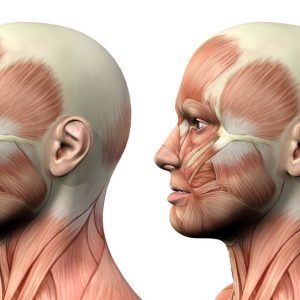
$25.00
Course Description
This course will enable you to identify symptoms and know the different classifications of Temporomandibular Joint Disorders (commonly called TMJD) and the primary causes of it. You will become familiar with the muscles involved with Temporomandibular Joint Disorders and will be able to identify the most likely areas for painful trigger points, thus enabling you to provide safe and effective treatment.
Educational Objectives
Upon completion of this home study continuing education course, the massage practitioner should be able to:
- Define the term Temporomandibular Joint Disorders (TMJD).
- Identify the muscles around the Temporomandibular Joint.
- List the bones of the Temporomandibular Joint.
- Locate the Temporomandibular ligament.
- List the suspected causes of TMJD.
- Describe the symptoms experienced by clients suffering from TMJD.
This course is presented for educational purposes only. It was developed and marketed specifically for massage therapists that are required to obtain continuing education hours for licensing purposes. The author is not giving medical, legal or other professional advice.
This course is classified as “Cognitive” learning, meaning that there is no hands-on portion.
-

$25.00
Course Description
This course is designed to offer a detailed introduction to the use of massage therapy as a complementary treatment for individuals that are currently in treatment for alcohol/drug addiction. In this course, we examine the physiological and psychological effects of recovery from chemical addiction and the specific application of massage therapy for these conditions.
Educational Objectives
Upon completion of this home study continuing education course, the massage practitioner should be able to:
- Identify the physiological effects of delirium tremens (also called DTs) and other withdrawal conditions.
- Describe how massage therapy can be used as a safe and healthy psychological coping mechanism for individuals in addiction recovery.
- Describe how the effects of massage on the levels of dopamine and serotonin production are beneficial to people in addiction recovery.
This course is presented for educational purposes only. It was developed and marketed specifically for massage therapists that are required to obtain continuing education hours for licensing purposes. The author is not giving medical, legal or other professional advice.
This course is classified as “Cognitive” learning, meaning that there is no hands-on portion.
-

$25.00
Course Description
This course is designed to offer detailed treatment strategies for working with victims of sexual abuse in a massage practice. The course includes the specific trust issues facing the practitioner and the necessary communication measures that can be used to establish workable boundaries and a healthy therapeutic relationship.
Educational Objectives
Upon completion of this home study continuing education course, the massage practitioner should be able to:
- Describe the various boundary issues a massage practitioner might expect when dealing with a victim of sexual abuse.
- List methods of trust-building you can employ when dealing with victims of sexual abuse.
- Detail a strategy for dealing with the flashbacks, memories, and emotions that might be experienced by a client who is a victim of sexual abuse.
This course is presented for educational purposes only. It was developed and marketed specifically for massage therapists that are required to obtain continuing education hours for licensing purposes. The author is not giving medical, legal or other professional advice.
This course is classified as “Cognitive” learning, meaning that there is no hands-on portion.
-
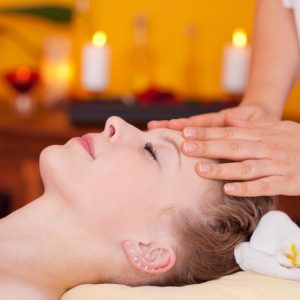
$25.00
Course Description
This course will address a variety of ethical issues that might arise in the course of a Massage Therapist’s career. Therapists will review ethical standards for massage therapy, and an outline of appropriate roles and boundaries in massage therapy are provided.
Educational Objectives
Upon completion of this home study continuing education course, the massage practitioner should be able to:
- Define Ethical boundaries as it applies to massage therapy.
- Identify proper strategies for ethical problem-solving.
This course is presented for educational purposes only. It was developed and marketed specifically for massage therapists that are required to obtain continuing education hours for licensing purposes. The author is not giving medical, legal or other professional advice.
This course is classified as “Cognitive” learning, meaning that there is no hands-on portion.
-
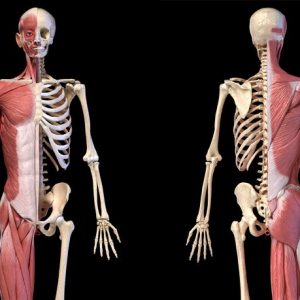
$25.00
Course Description
This course you will be reviewing the most common muscular injuries encountered by massage therapists, as well as learning about the more obscure genetic conditions that are not covered in most massage school core curriculums, like Multiple sclerosis, Paget disease, and Ehlers–Danlos syndrome, to name just a few.
Educational Objectives
Upon completion of this home study continuing education course, the massage practitioner should be able to:
List three causes of muscle spasms.
- Identify the difference between a strain and a sprain.
- Define the term “Tendinosis”.
- Identify the cause of Lyme disease.
- Describe Paget’s disease.
- Describe Ehlers–Danlos syndrome.
- Identify two musculoskeletal conditions of the foot.
This course is presented for educational purposes only. It was developed and marketed specifically for massage therapists that are required to obtain continuing education hours for licensing purposes. The author is not giving medical, legal or other professional advice.
This course is classified as “Cognitive” learning, meaning that there is no hands-on portion.
-
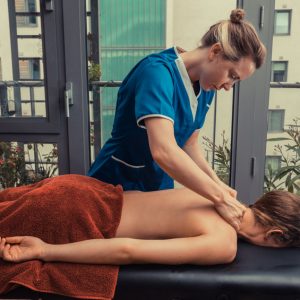
$25.00
Course Description
This course will enable you to incorporate out-call massage to your practice with minimal personal risk. There are many specific populations that prefer to be serviced by out-call massage including the aged, those requiring palliative care, athletes, pregnant women, and mothers. This course covers the dangers inherent in the out-call massage and appropriate measures that can be taken to minimize risks.
Educational Objectives
Upon completion of this home study continuing education course, the massage practitioner should be able to:
- List the dangers inherent in an out-call massage.
- Describe the safety measures that can be taken to counter each danger.
This course is presented for educational purposes only. It was developed and marketed specifically for massage therapists that are required to obtain continuing education hours for licensing purposes. The author is not giving medical, legal or other professional advice.
This course is classified as “Cognitive” learning, meaning that there is no hands-on portion.
-
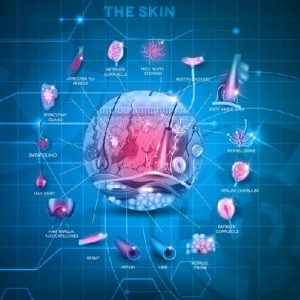
$25.00
Course Description
This course will enable the massage practitioner to identify the symptoms of several conditions of the skin that could be encountered in the course of a massage therapy career.
Educational Objectives
Upon completion of this home study continuing education course, the massage practitioner should be able to:
- Define the terms Psoriasis, Eczema and Fungus.
- List the suspected causes of Psoriasis, Eczema and Fungus.
- Describe what symptoms to expect from clients with Psoriasis, Eczema and Fungus.
- List at least 10 other skin conditions mentioned in this course that could be encountered by a massage therapist.
This course is presented for educational purposes only. It was developed and marketed specifically for massage therapists that are required to obtain continuing education hours for licensing purposes. The author is not giving medical, legal or other professional advice.
This course is classified as “Cognitive” learning, meaning that there is no hands-on portion.
-

$25.00
Cours Description
This course is designed to assist massage therapists in developing habits and awareness that will lead to a reduced number of medical errors.
Educational Objectives
Upon completion of this home study continuing education course, the massage practitioner should be able to:
- Describe the magnitude of medical errors.
- Define the types of medical errors.
- Discuss factors that increase the risk of medical errors.
- Identify populations of special vulnerability.
- Discuss responsibilities for reporting medical errors.
- Identify processes to improve patient outcomes.
- Describe public education measures related to patient safety.
This course is presented for educational purposes only. It was developed and marketed specifically for massage therapists that are required to obtain continuing education hours for licensing purposes. The author is not giving medical, legal or other professional advice.
This course is classified as “Cognitive” learning, meaning that there is no hands-on portion.
-

$25.00
Course Description
This course is designed to offer a detailed introduction to the world of academic and scientific research for the massage therapist. The purpose of this course is to help the reader build skills in finding, reading, evaluating and applying research to their massage practice.
Educational Objectives
Upon completion of this home study continuing education course, the massage practitioner should be able to:
- Describe the difference between a blind and double-blind study.
- List the different types of research designs.
- List the steps of the scientific method.
- Describe the peer review process of scientific literature.
- Define the term “Impact factor” as it applies to scientific journals.
- Describe the concept of “generalizability” and how it relates to sample size in medical research.
- List three signs of “bad” research as detailed in this course.
This course is presented for educational purposes only. It was developed and marketed specifically for massage therapists that are required to obtain continuing education hours for licensing purposes. The author is not giving medical, legal or other professional advice.
This course is classified as “Cognitive” learning, meaning that there is no hands-on portion.
-
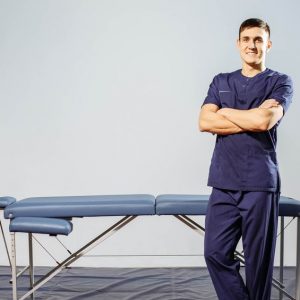
$25.00
Course Description
This course will introduce you to the practice of targeted marketing, which in advertising terms is tailoring your business advertisements for a specific target audience. In this course you will learn how to advertise your massage business to specific groups of people.
Educational Objectives
Upon completion of this home study continuing education course, the massage practitioner should be able to:
- Define the term Targeted Marketing as it applies to massage therapy.
- List the steps necessary to identify a target group.
- Identify the benefits of targeted marketing.
This course is presented for educational purposes only. It was developed and marketed specifically for massage therapists that are required to obtain continuing education hours for licensing purposes. The author is not giving medical, legal or other professional advice.
This course is classified as “Cognitive” learning, meaning that there is no hands-on portion.
-

$25.00
Course Description
This course covers the foundational, core doctrines of Zen Shiatsu and compares them to traditional Shiatsu. It discusses the origin of Shiatsu and traces its history and development. It also covers the scientific efforts being made to prove the existence of Meridians.
Educational Objectives
Upon completion of this home study continuing education course, the massage practitioner should be able to:
- Identify the foundational, core doctrines of Zen Shiatsu.
- Explain the difference between traditional Shiatsu and ZenShiatsu
- Describe the scientific efforts being made (and presented in this course) to prove the existence of Meridians
- Define the terms Yin/Yang, Chi, Jing, and Shen.
- Identify the “Seven Emotions” in TCM.
- Explain how Meridians are related to the cause of disease in TCM.
This course is presented for educational purposes only. It was developed and marketed specifically for massage therapists that are required to obtain continuing education hours for licensing purposes. The author is not giving medical, legal or other professional advice.
This course is classified as “Cognitive” learning, meaning that there is no hands-on portion.
-

$25.00
Course Description
This course provides a practical outline for converting an existing massage business into a wellness center. The different services that can be offered and the synergistic effect of complementary disciplines are discussed, as well as marketing and promotion.
Educational Objectives
Upon completion of this home study continuing education course, the massage practitioner should be able to:
- Describe the benefits of the Wellness Center Business model.
- Identify the dimensions of wellness and give an example of how a practitioner serving each one can be included in your business.
- List five complementary disciplines that can be incorporated into a wellness center.
- This course is presented for educational purposes only. It was developed and marketed specifically for massage therapists that are required to obtain continuing education hours for licensing purposes. The author is not giving medical, legal or other professional advice.
This course is classified as “Cognitive” learning, meaning that there is no hands-on portion.
-

$25.00
Course Description
This course will present detailed information about the psychological phenomenon known as transference and countertransference and how it applies to the client practitioner relationship in therapeutic massage.
Educational Objectives
Upon completion of this home study continuing education course, the massage practitioner should be able to:
- Define the terms transference and countertransference as it applies to massage therapy.
- Describe by what means negative transference can be redirected.
- List potential warning signs of negative transference and countertransference in a therapeutic relationship.
This course is presented for educational purposes only. It was developed and marketed specifically for massage therapists that are required to obtain continuing education hours for licensing purposes. The author is not giving medical, legal or other professional advice.
This course is classified as “Cognitive” learning, meaning that there is no hands-on portion.
-
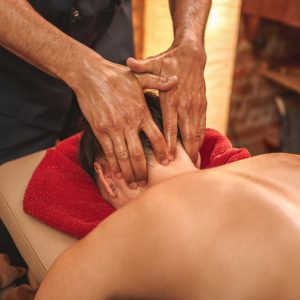
$25.00
Course Description
This course will explore the power differential that exists in the therapeutic massage relationship and will address the ethical problems that could arise as a result.
Educational Objectives
Upon completion of this home study continuing education course, the massage practitioner should be able to:
- Define the terms power differential, expert power and referent power.
- Describe the client-centered approach to therapeutic massage.
- Identify the measures that a practitioner can take to minimize the power differential.
This course is presented for educational purposes only. It was developed and marketed specifically for massage therapists that are required to obtain continuing education hours for licensing purposes. The author is not giving medical, legal or other professional advice.
This course is classified as “Cognitive” learning, meaning that there is no hands-on portion.
